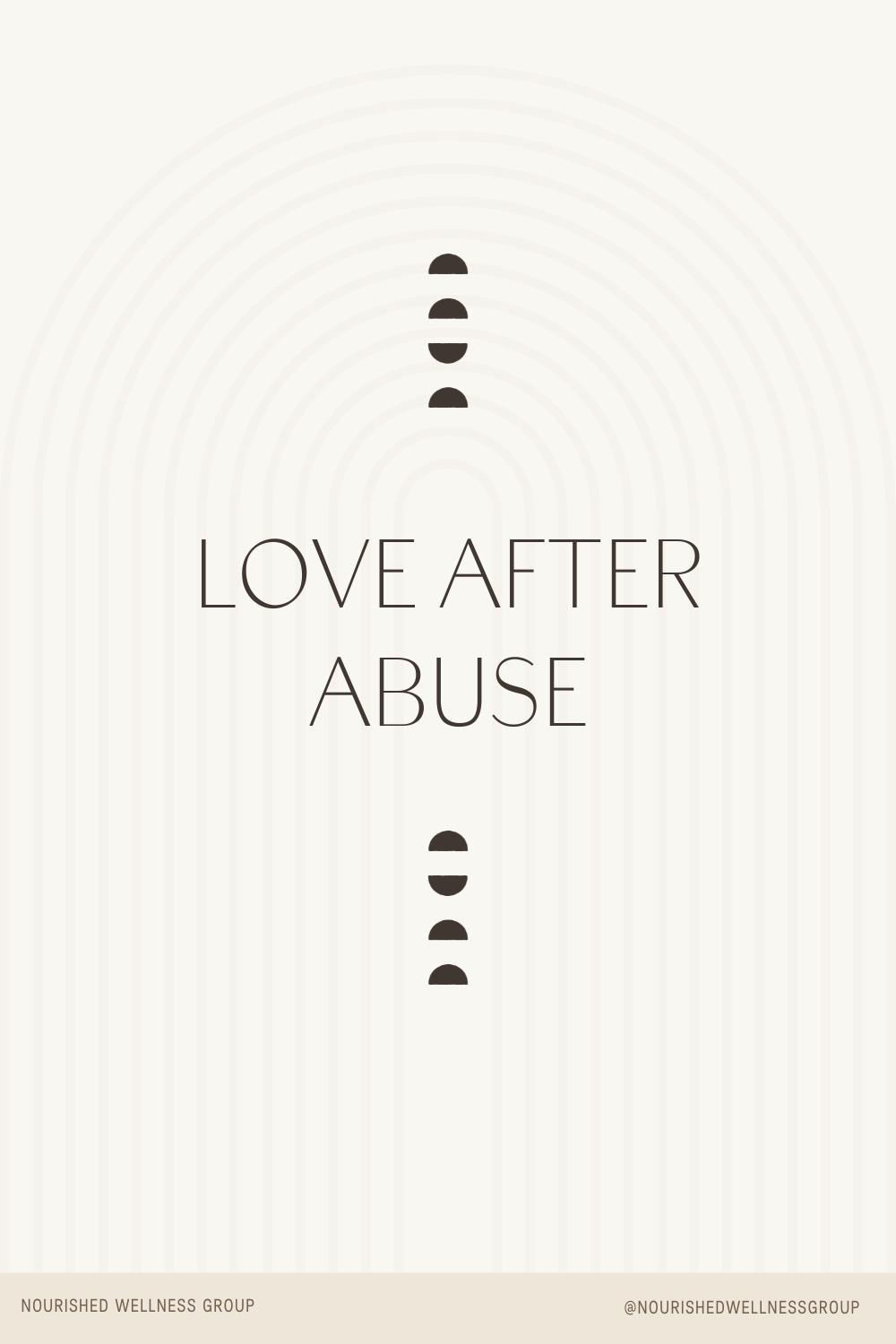Intrusive Thoughts: An Acceptance and Commitment Approach
Hi, Amy here. I’m glad that you’ve found your way here, and I hope that today’s topic will be supportive. As a gentle reminder, some of the material covered below may be anxiety-inducing, so please hold yourself with care. If you need to take a break from reading to do a few grounding exercises, I encourage you to do so.
“Intrusive thoughts are not intuition, desires, or fantasies.”
I want to begin with what intrusive thoughts are not. Intrusive thoughts are widely misunderstood and miscategorized, which can cause further damage to those experiencing them. The above quote is from Alegra Kastens, a New York therapist and OCD specialist.
Intrusive thoughts are unpleasant, uncomfortable, and unwanted repetitive thoughts, images, impulses, or urges. They typically invoke extreme shame, guilt, fear, or disgust. Coming back to Alegra for a moment, intrusive thoughts are not intuition, desire, or fantasies. Rather, they are unwanted experiences that lead to emotional distress.
Common themes of intrusive thoughts include but are not limited to harm/violence, sexuality/sexual behaviors, religion, health concerns, and making mistakes/causing accidents (Butterfield, 2019). Due to the culturally perceived shamefulness of these thoughts, individuals are unlikely to disclose to loved ones, making the experience more isolating and distressing.
While intrusive thoughts are most commonly associated with Obsessive Compulsive Disorder, they can often be symptoms of other Anxiety disorders. Additionally, intrusive thoughts are more common than we think. One study, conducted across six continents with over 750 individuals, found that 94% of participants admitted to the occurrence of intrusive thoughts (Radomsky et al., 2014) — Why is this important?
First, it depathologizes intrusive thoughts: Almost all of us experience them. For those struggling with intrusive thoughts, it’s important that you know: You are not alone.
Secondly, the findings have vast implications for treatment. Rather than the actual occurrence of intrusive thoughts, how we think about and interpret them is what leads to clinical levels of distress.
Individuals that interpret their intrusive thoughts as bad, immoral, or dangerous are more likely to develop clinical anxiety (Butterfield, 2019). This makes sense! If we believe our thoughts are inherently damaging, dangerous, or contradictory to who we are, it activates the fight-or-flight response of our nervous system.
In this heightened state, we feel fear, shame, or disgust even more viscerally. This emotional and nervous system activation can actually prime us for more activations in the future. It’s as if our minds learn, ‘Oh, that thought was incredibly distressing and felt dangerous. I better be on the lookout for it!’ Our activation can lay a pathway for even more activation, starting a vicious cycle with intrusive thoughts that can be difficult to navigate.
While common advice might tell us to just distract ourselves or stop thinking about it (as if that ever works for anything!), the research shows us these strategies are counterproductive. Daniel Wegner Ph.D., a psychology professor at Harvard and founding father of thought suppression research, conducted his somewhat infamous polar bear experiment more than twenty-five years ago.
He basically asked participants to verbalize their thoughts for five minutes, while trying not to think of a white bear. If they thought of the bear, they should ring the bell. Despite trying to avoid the thought, on average participants thought of a white bear more than once per minute. In the next experiment, Wegner told them to do the same exercise but try to think of a white bear. When compared to a group that was encouraged to think of the white bear from the beginning, the group that tried to suppress the thought of the white bear in the first experiment, thought about white bears more (American Psychological Association, 2011).
The takeaway?
The more we actively try not to think about something, the more we think about it. Suppressing our thoughts makes them more likely to rebound, even stronger than before.
A new approach: Acceptance and Commitment Therapy
Basics
Acceptance and Commitment Therapy (ACT) is relatively new. Founded in the 1980s by Steven Hayes, ACT is a branch of behavior therapy with a heavy focus on mindfulness and values work. Unlike many other modalities of therapy, the goal of ACT is not to completely eliminate our symptoms. Hayes believes that suffering is an unavoidable part of life.
While he doesn’t believe in completely alleviating suffering, he maintains that we can learn to live more flexibly with our deeply human experiences. The goal of ACT is formally called psychological flexibility, defined by Hayes below.
Psychological flexibility is the ability to feel and think with openness, to attend voluntarily to your experience of the present moment, and to move your life in directions that are important to you, building habits that allow you to live life in accordance with your values and aspirations. It’s about learning not to turn away from what is painful, instead turning toward your suffering in order to live a life full of meaning and purpose.
— Steven Hayes (Hayes, 2019).
While ACT can at first seem unconventional, the research supports its effectiveness. A meta-analysis of 39 studies, including 1,821, patients with mental health disorders or somatic health problems, found that ACT is more effective than treatment as usual or placebo and that ACT may be as effective in treating anxiety disorders, depression, addiction, and somatic health problems as established psychological interventions (A-Tjak et al., 2015).
how ACT can support intrusive thoughts
Based on what we’ve learned thus far about the ineffectiveness of suppressing intrusive thoughts and the acceptance-based approach of ACT, it makes sense that this might be a good tool for working with intrusive thoughts.
Cognitive Defusion refers to the techniques intended to change how an individual reacts to their thoughts and feelings. Acceptance and Commitment Therapy does not intend to limit our exposure to negative experiences, but rather to face them and come out the other side with a decreased fixation on these experiences.
Cognitive Defusion, a core component of ACT, refers to techniques used to change how we react to our thoughts and feelings, rather than changing the thoughts or feelings themselves.
As we use Acceptance and Commitment techniques, we are also working to regulate our nervous system. As we move toward acceptance, we are also moving toward regulation.
We are essentially re-training our brains and nervous systems. When intrusive thoughts crop up (as they do in 94% of the population!), we learn to approach them with psychological flexibility and regulation techniques. Again, as we’ve learned, intrusive thoughts are incredibly common —it’s how we interpret them that impacts our degree of anxiety.
Therefore, if we can cultivate a mindful new approach to our thoughts, one that leans towards acceptance, rather than denial or resistance, we can see our intrusive thoughts in a new light. A gentle reminder that this is a high-level overview of a complex and deeply personal process. Everyone’s healing process is unique a
The focus of ACT for OCD (Intrusive Thoughts) is to help clients get to a place where they can openly experience thoughts, feelings, or bodily sensations, not be overly impacted by them, and continue to move in directions in life that are meaningful. - International OCD Foundation
If you are looking for additional support, please reach out to our team (info@nourishedwellnessgroup.com) Additionally, NOCD has an excellent blog with more information and resources about intrusive thoughts and OCD.
References
American Psychological Association. (2011, October 1). Supressing the 'white bears'. Monitor on Psychology, 42(9). https://www.apa.org/monitor/2011/10/unwanted-thoughts
A-Tjak, J. G., Davis, M. L., Morina, N., Powers, M. B., Smits, J. A., & Emmelkamp, P. M. (2015). A meta-analysis of the efficacy of acceptance and commitment therapy for clinically relevant mental and physical health problems. Psychotherapy and psychosomatics, 84(1), 30–36. https://doi.org/10.1159/000365764
Butterfield Psy.D, A. (2019, September 16). Intrusive thoughts. The OCD & Anxiety Center. https://theocdandanxietycenter.com/intrusive-thoughts/
Hayes, S. (2019). A Liberated Mind: How to Pivot Toward What Matters.
Radomsky, A. S., Alcolado, G. M., Abramowitz, J. S., Alonso, P., Belloch, A., Bouvard, M., Clark, D. A., Coles, M. E., Doron, G., Fernández-Álvarez, H., Garcia-Soriano, G., Ghisi, M., Gomez, B., Inozu, M., Moulding, R., Shams, G., Sica, C., Simos, G., & Wong, W. (2014). Part 1—You can run but you can't hide: Intrusive thoughts on six continents. Journal of Obsessive-Compulsive and Related Disorders, 3(3), 269–279. https://doi.org/10.1016/j.jocrd.2013.09.002
__________________________________
STUDIO NOURISHED
A digital oasis that allows you to learn, restore, recalibrate, and release. Created with intention by licensed mental health therapists. If you are interested to learn more and being placed on our waitlist to hear when the Studio is opening, please visit the link below.
Pin This Post!
Related Posts
If this post was helpful, you might also like these…









